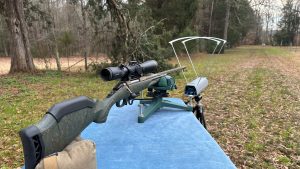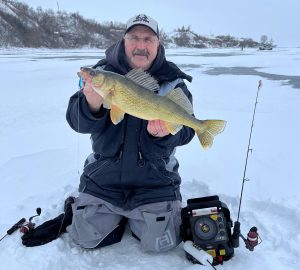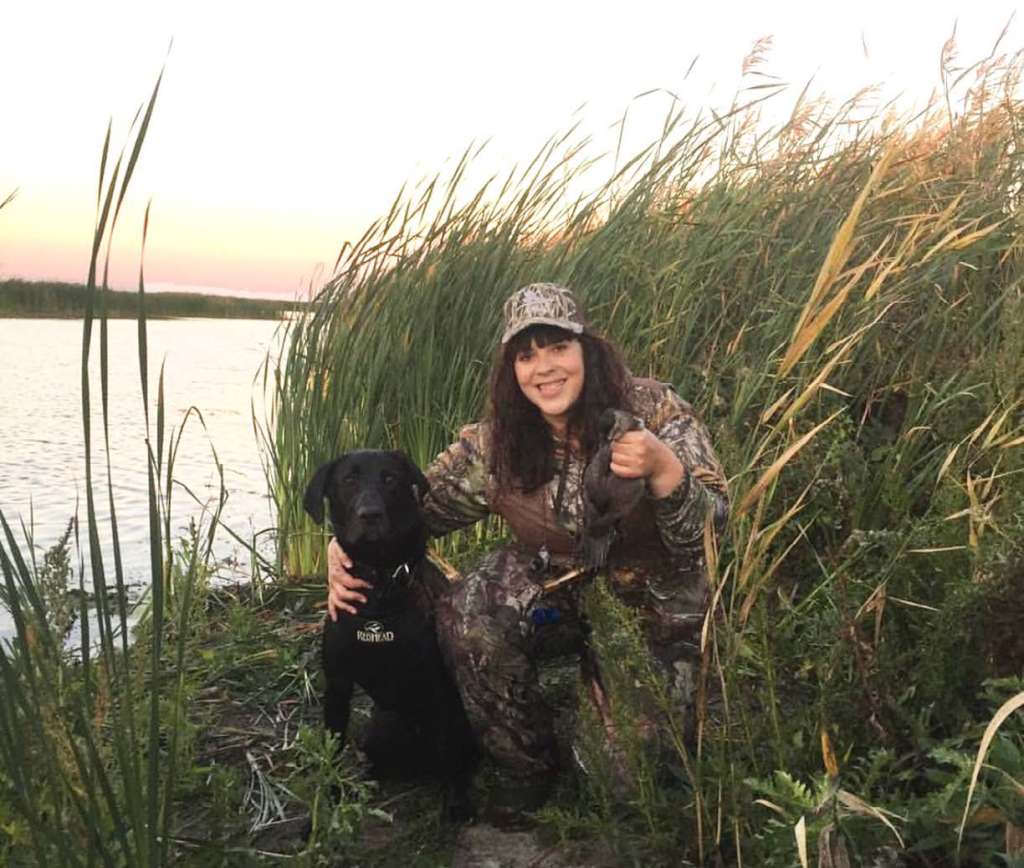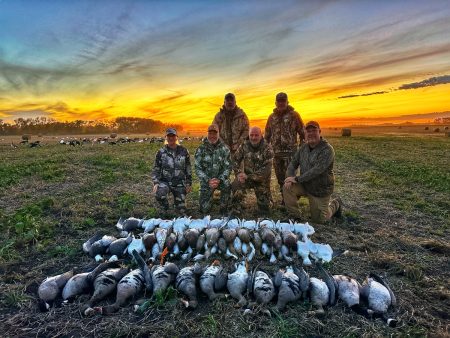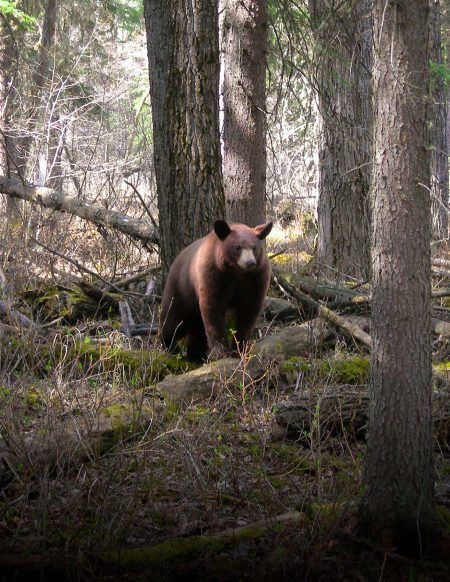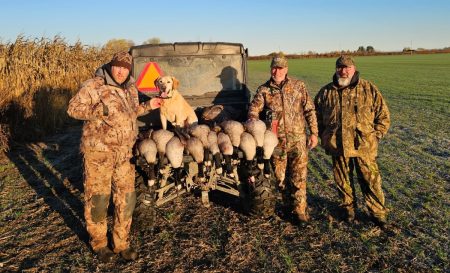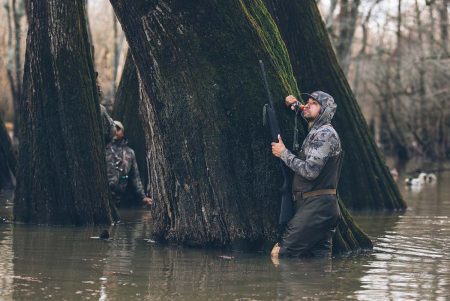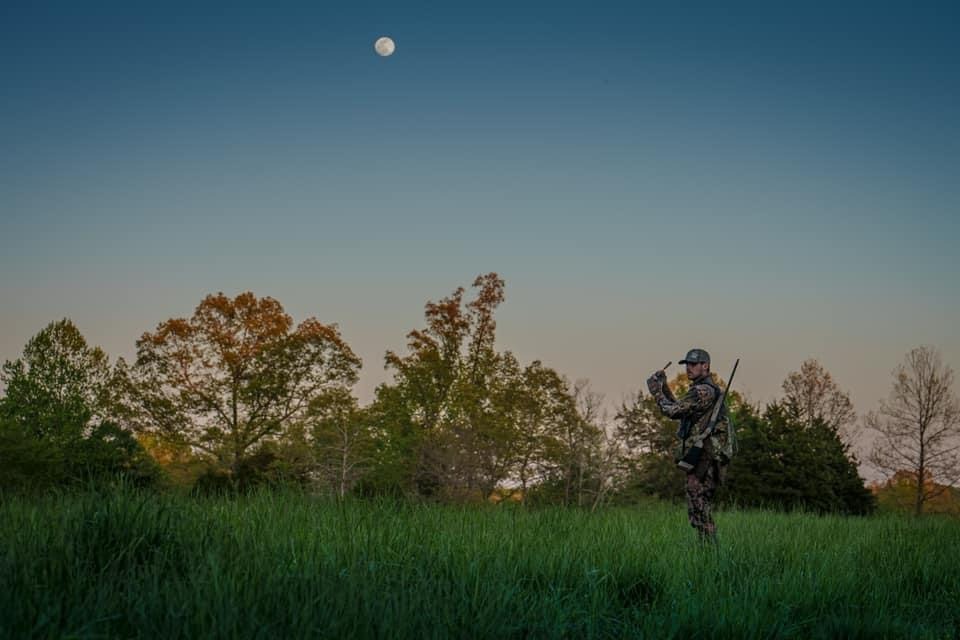The art of the duck call is one of those things that seems mystical. That’s especially the case the first time you hunt with an avid caller, especially after you’ve resigned yourself to failure— then get to witness a group of birds magically steer back toward your spread.
Now, I may get criticized for letting the cat out of the bag, but the truth is, learning how to call ducks isn’t really that hard. Ducks are generally considered easier to call and more forgiving than other waterfowl, such as geese. In fact, when you choose to call can be just as important as how you call. Once you learn the basics, you’ll be as capable of enticing birds as any calling expert. Am I one of those experts? No…but I have become proficient at achieving results with basic calling tactics that are ideal for beginners.
Types of Duck Calls
While there are many types of duck calls designed for different species, the main call folks use while duck hunting is a mallard call, or more specifically, a hen mallard.
That’s who you hear belting out the classic “quack” sound that we associate with most ducks. Because mallards are such a common bird in both fields and swamps, and because of their vocal nature (especially while feeding), this call elicits a positive response from many other duck species.
In reality, most wild ducks make a variety of different noises that don’t include quacking. While different calls like pintail whistles are available, the most popular call remains the tantalizing mallard hen. While mallard calls are built with endless materials, such as wood and plastic, they typically come in two types: single reed and double reed. That’s truly as simple as it sounds.
Single reed calls are renowned among competition callers because of responsiveness and range, but they are generally considered more difficult to master. Double- reed calls are easier to blow, but they don’t offer the finer points or range of a single-reed call. Both types can be subject to having the reeds stick if too much air or saliva is used. Ducks don’t seem to have a preference and will come to either call, so it’s up to you to figure out what type you prefer.
When To Call Ducks
In my humble opinion, the biggest mistake callers make when learning how to call ducks is the frequency of the call itself. Don’t get me wrong a horrible-sounding call isn’t going to attract many birds. However, over-calling can deter birds and it’s a waste of energy and a drain on the other folks in your blind.
As a general rule, the call itself isn’t attracting birds, so scouting the ideal location remains the single most important part of a duck hunt. If there are no birds in the air, there’s no point calling. If you are hunting an area without birds present, no amount of calling is going to make them magically appear. A duck call should be used to make interested birds more confident in your decoy spread or location. Ideally, while birds are circling your decoys or flying past your area, a well-timed call will encourage them to take a second look, come closer, or stay a bit longer.
Remember, ducks have excellent vision, and move- ment will turn off even the most intrigued bird. So, when you have birds coming straight down the pipe, avoid giving yourself away by calling too much. A few quacks or chuckles will do the trick, and if the birds are cupped and committed, you shouldn’t need to call at all. More often than not, we don’t get that lucky and instead end up with birds cautiously circling the spread. This is the ideal time to call and hopefully encourage these “looky- loos” to commit.
How to Call a Duck
There’s so much advice about tactics for achieving a duck call with a good sound. From saying certain words (“uht” is common) or humming into the call, there are limitless options.
My main advice for achieving an ideal sound is simple: go to the marsh and listen. Some fine evenings have been spent parked in a field, drinking coffee, tuned in to the symphony being produced in a nearby marsh at sunset. You can watch calling videos until you’re blue in the face, and they still won’t compare to the firsthand experience of hearing the real thing.
So, listen, and imitate. See what sounds good and what doesn’t. After listening to the cacophony of sound from the water, you’ll soon realize that perfection is rare, even among ducks. The variation between calls isn’t a bad thing. It’s okay to have calls that sound different, or to have them sound different each time you make a call. You’ll notice that in a large group of birds, there’s a lot of contrast between how individuals sound.
Precision with a wind instrument comes from air control, so a technique to model is releasing air from your diaphragm and maintaining tight mouth embouchure (no puffy cheeks). Ducks will respond best to dynamic, crisp calling, so try to avoid sounding monotone and sloppy. Try to hold your call with the reed either on the top or on the bottom, but not sideways. Cup your hand over the end to help shape the sound coming out. This technique will come with time and practice.

As for different sounds, even the most avid waterfowler only needs to master three elements: the single quack, the hail call and the feeding chuckle. A single quack is what some ducks will do while casually puttering around on the water. Drakes will very often quack softly while pursuing hens. A hail call, mostly emitted by mallard hens, is how they call other birds into an area. It works well on birds circling a spread. (I try to use it mainly while they are quartering away.) in addition, a feeding chuckle is the sound mallards make while enjoying a good feed. Learning even one of these calls will intrigue birds in your area. Learning all three will have even the wariest individuals taking a second look at your decoy spread. Again, I can’t stress enough the importance of learning from the experts: the ducks themselves. Remember to check in, listen and adjust accordingly when needed.
As an avid caller in many hunting scenarios, I find that one of the simplest and most satisfying pleasures in life is having the ability to communicate with an animal that I admire, respect and am honoring with pursuit. So, get a call in your hand, and the first time a big green head perks his head and turns your way, I’m sure you’ll feel the same. See you outside!
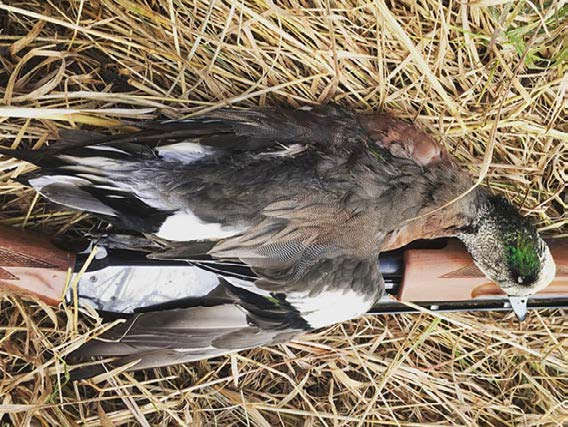
Per our affiliate disclosure, we may earn revenue from the products available on this page. To learn more about how we test gear, click here.


